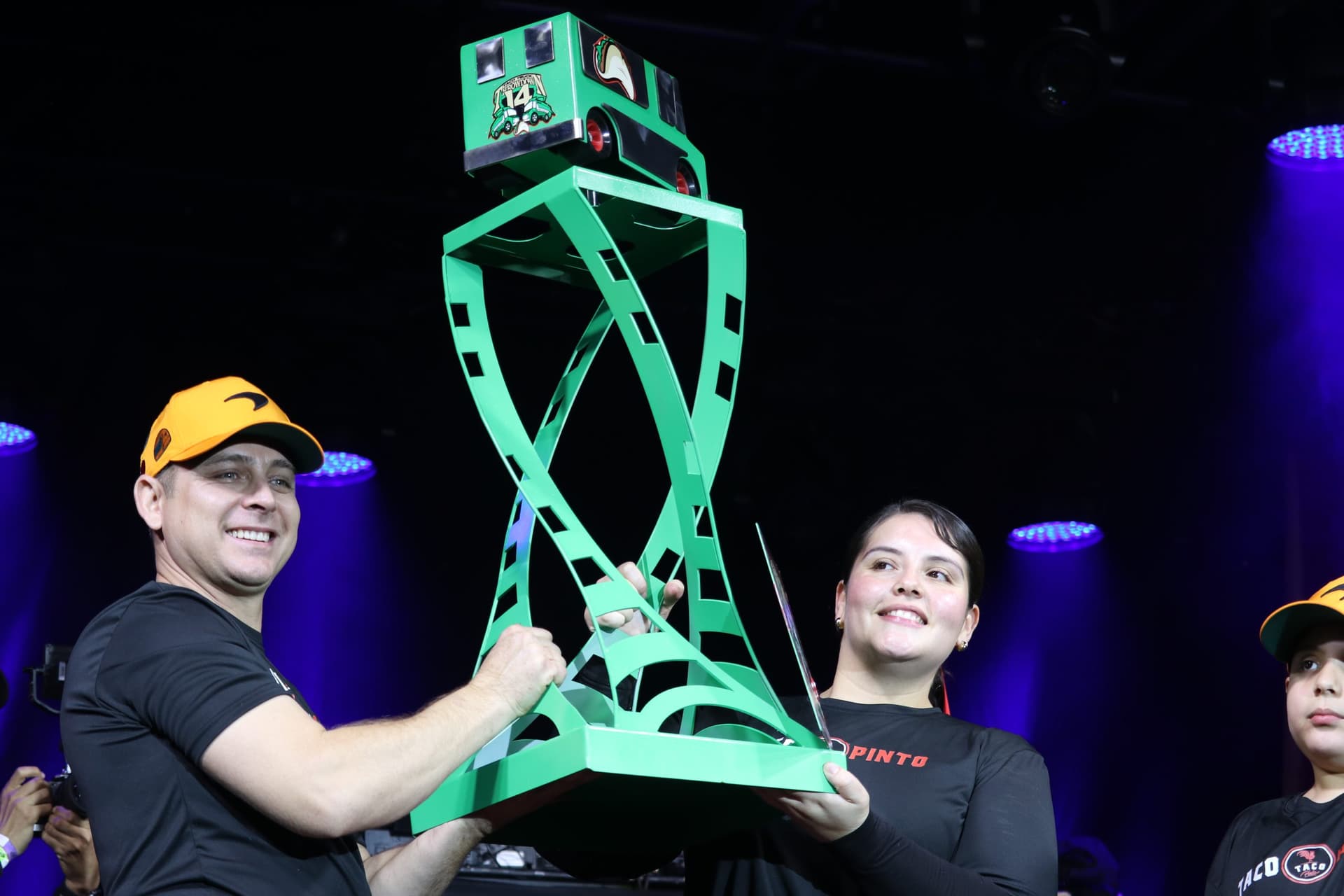Light The Night Walk Brings Fresno Together, Raises Funds for Blood Cancer
The Central Valley Light The Night walk, hosted by the Leukemia and Lymphoma Society, took place Friday night at Chukchansi Park, combining an evening walk, a survivor ceremony and a remembrance pavilion. The annual event matters to Fresno residents because it mobilizes local volunteers and donors to support blood cancer research and patient services, while also highlighting how nonprofit events intersect with public space and local policy priorities.

On the evening of November 14, Chukchansi Park in Fresno hosted the Central Valley Light The Night walk, an annual fundraising and remembrance event organized by the Leukemia and Lymphoma Society. The program featured an evening walk around the venue, a survivor ceremony, and a remembrance pavilion where families and community members honored loved ones affected by blood cancer. The event page on HappeningNext described registration procedures, fundraising guidance, and the community oriented elements such as survivor lanterns and opportunities for public participation.
The event is part fundraiser, part public ritual. Organizers encourage participants to register and to raise money to support blood cancer research and patient support services. The survivor ceremony and lantern tributes are central to the evening, and the remembrance pavilion provides space for family and community reflection. The listing also outlined practical details for attendees and for those who could not be physically present but wanted to contribute through fundraising channels.
Local implications extend beyond philanthropy. Hosting a high profile nonprofit event at a major venue touches on municipal capacity and policy choices. Use of Chukchansi Park requires coordination with city permitting, facility staff, and public safety agencies. Events of this scale can create costs and logistical demands for local government services, but they also generate civic engagement and volunteer activity that can strengthen community networks. For residents who serve as volunteers or donors, participation is a form of civic action that connects public health concerns with local stewardship.
The event underscores broader questions about access to care and the role of nonprofits in filling gaps in patient support. Funds raised by the Leukemia and Lymphoma Society fund research and assist patients navigating treatment related expenses. For Fresno County, where health outcomes vary across communities, such fundraising can supplement but not replace policy level efforts to expand affordable access to cancer treatment and to address disparities in care. Policymakers and health officials can view events like Light The Night as indicators of community need and as opportunities to engage directly with constituents on prevention, screening, and treatment access.
For many attendees the evening was primarily about memory and mutual support. For local institutions and elected officials, the event is also a reminder of the ways civic life, public resources, and health policy intersect. The Central Valley Light The Night walk remains an annual fixture, and organizers and community leaders will likely look to build on this mobilization when planning future outreach and patient support initiatives.


